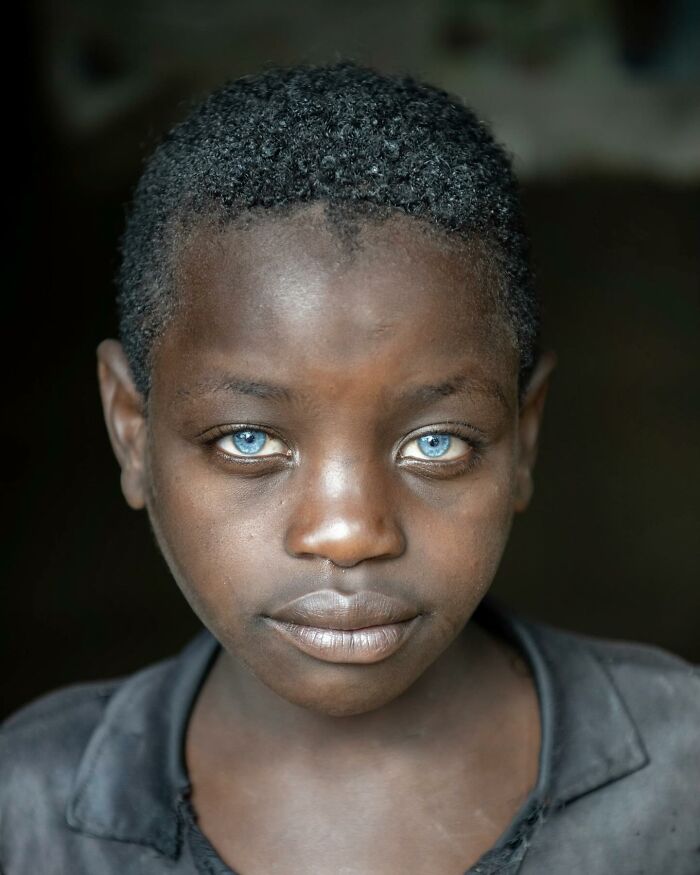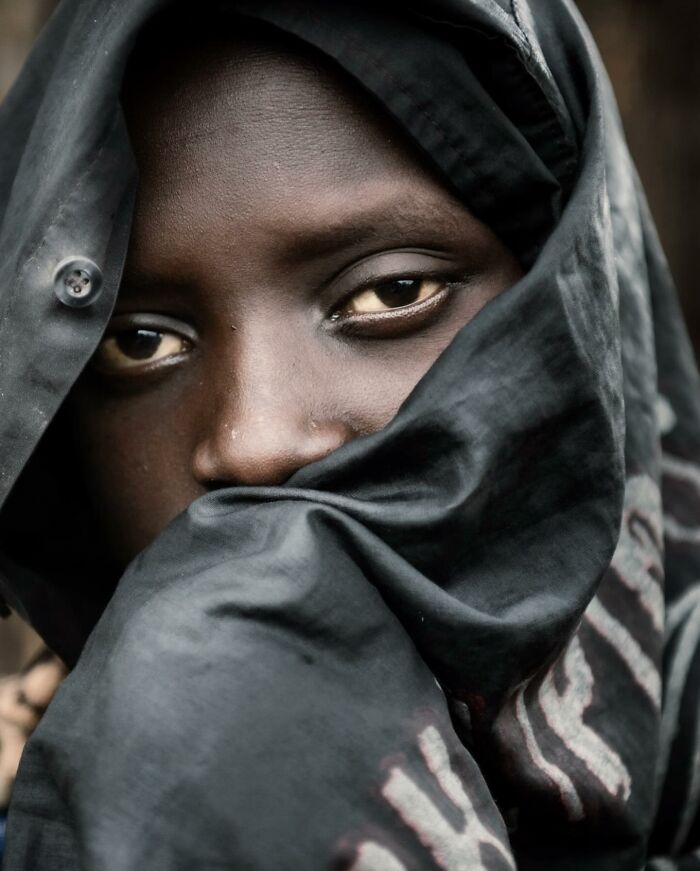
7Kviews
This Photographer Captures The Beauty Of Cultures Around The World (25 Pics)
Interview With ArtistTrevor Cole is an international travel photographer and photo tour leader based in Donegal, Ireland. Originally from Derry, he combines his love for geography and photography, capturing the beauty of cultures and landscapes around the world. His work emphasizes the importance of sustainability and the connections that unite us all.
Leading small-group photo tours in places like Scotland, Iceland, Ethiopia, Namibia, Chad, South Sudan, Eritrea, India and beyond, Trevor aims to create rich cultural experiences. His photographs inspire us to reflect on the world and encourage positive change.
More info: Instagram | trevcole.1x.com | alternativevisions.co.uk | coleimages.com
This post may include affiliate links.
Trevor Cole's passion for photography began in his childhood when he traveled with his parents and received a Rolleiflex SLR camera.
During his time teaching Geography in England and abroad, he aimed to capture both people and landscapes in various contexts. His appreciation for diversity extends to both cultural and natural environments, embodying what he describes as being a "Geographer Photographer."
Bored Panda had the pleasure of chatting with Trevor about his journey and creative process. Scroll down to discover more about the photographer and his work!
Trevor believes that humans are deeply connected to their environment, which inspires him to photograph both people and landscapes. He sees humans as reflections of their surroundings, contributing to the rich diversity of humanity. When asked how he chooses his subjects and locations, Trevor explained that he predominantly seeks out remote areas where people live in harmony with their environment. "Indigenous people, in particular, appeal to me the most. Most of my images are taken in Ethiopia, South Sudan, Chad, Angola, and Namibia, but some are also taken in parts of Asia. People are often a reflection of the areas in which they live and live sustainably, and as a 'Geographer Photographer,' this truly appeals.
It is hard to say what draws me into a particular scene, group, village context, or just a face. But I have developed, over time, an instinct or a feeling about what might be ‘good’! An old face filled with lines, which are stories of life, a young person with perfect skin and high cheekbones, or those with eyes that simply draw you in."
When taking portraits, Trevor values genuine interaction. While he may sometimes take candid shots, most of his photography comes from building relationships with his subjects. "Spending time wandering and saying ‘hello’ prior to photographing, even with a camera in hand, is beneficial. A guide who is conversant with the language and culture is essential, and it is to them I ask if it’s ‘ok’ when it comes to taking an image. Locals who know the locals can make a huge difference."
Absolutely unacceptable to present these without identifying them or their country of origin.
"It is always down to my own perception and vision, and we all see people and scenes differently. I guess that is one of the joys of photography—seeing images taken with ‘new eyes.’ Once I see someone, I almost always talk, smile, and use humor, which is universal regardless of language. Contact is everything; otherwise, the photo is devoid of emotion. If people are reserved, which happens everywhere, the key to success is time and just being friendly, with a little humor if it seems right.
Capturing characters is always a challenge, and spending time gaining their confidence is essential. It’s always best when they are in their own environment—the street vendor at work, the woman pounding sorghum, or kids looking after their siblings. Sometimes candid shots that are contextual are among some of the best, but even portraits outside their doors or workplaces allow a character to come to the surface. On the street, their friends will often encourage, tease, and cajole, and people everywhere relax and have a laugh. The photos are then so much better. Poverty and inequality are difficult subjects, but the photos can be powerful and portray situations that we in the West sometimes need to see."
We asked Trevor about some of the most challenging experiences he has faced as an international travel photographer.
"On a recent trip to Chad, the rainy season persisted beyond its normal expected limits, and it took two days of very challenging driving to extract ourselves and the vehicles. We got stuck in deep mud at least forty times and had to literally dig the vehicles out. On another occasion, we were held at gunpoint by two tribesmen who robbed us of our cash. Luckily, the photographic gear was of no value to them. In general, the tribal areas are very safe, and we always receive a warm welcome."
Trevor sees photographing tribal people as a special opportunity to share and learn about different cultures while also helping to preserve those that are at risk of disappearing. Visiting tribal groups typically involves working with local agencies and guides, obtaining permission to take photos, and capturing respectful images. "Sensitivity and cultural understanding are key to success, along with a small group approach to create an interactive experience.
Spending time in villages is imperative to enable a photo shoot that creates a relationship. My photos endeavor to capture the emotion of the moment as well as create an interpersonal bond that is reflected in the image."
When asked what message or feeling he hopes to leave with viewers, Trevor said he wants his photographs to convey that human diversity is still alive and present. "There are people on our planet who still live sustainably off the land and cherish their own very distinct customs and traditions. There is an inimitable purity in indigenous cultures, and they are proud of the ways in which they live. To see their beaded jewelry, unique hairstyles, and beautification through scarification is unforgettable. I feel at times that I’m capturing moments that, in the not-too-distant future, may no longer exist. Hence, the documentary nature of this photography cannot be understated."
I could be wrong, and often am, but this looks like a child having a child
These are photos of people, not cultures, and none of the subjects are given attribution.
Really disappointed that there was no accompanying information with these photos
Really disappointed that there was no accompanying information with these photos

 Dark Mode
Dark Mode 

 No fees, cancel anytime
No fees, cancel anytime 






























































